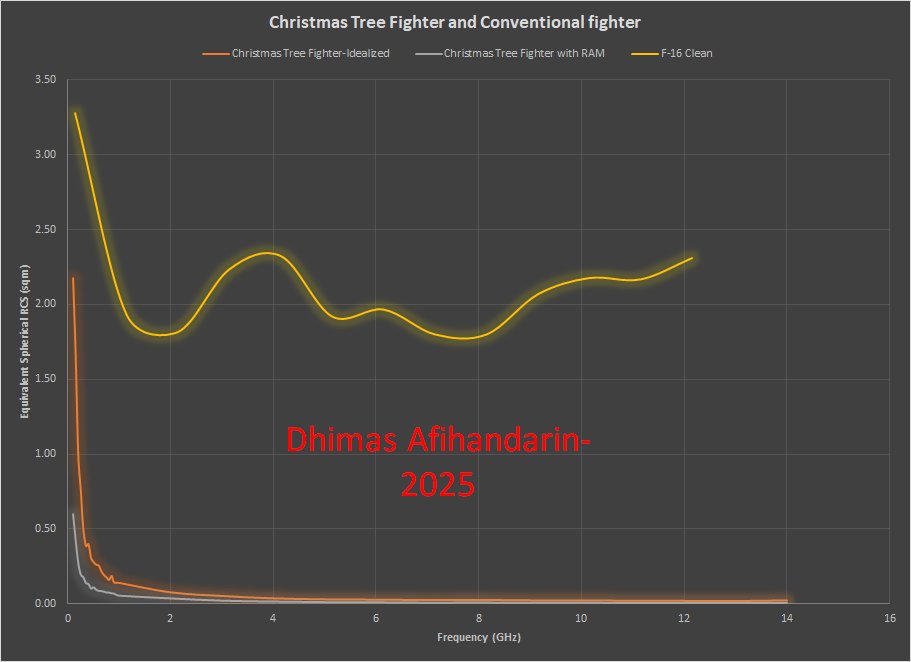One Iranian ingenuity that catch my attention. The Fateh-110 Ballistic missile. It looks simple, practical and appears to be good enough Tactical ballistic missile. 

let's cut to the chase, the estimates are done in 13 frequencies from VHF down to X-band, i would love doing 35 frequencies as usual but i just dont want to wait 8 hours for it to complete. The missile is usual PEC as it's a metalic airframe.
In case someone interested with separate vids. This one depicts the half sphere contour plot
This one is the contour plot. in flat form. This one might look pretty for a praying mats.
And now some numbers. the medianized RCS value of the missile vs frequencies. Unfortunately i havent been able to properly fit the data into a model (e.g Swerling) so cant provide PDF (Probability Density Value) of the RCS. 

The PDF is important as it allows estimate of the likelihood of encountering specific RCS and therefore detectability of the target. Median is good but it only for limited angle.
The other presentation i havent able to provide was to give a time vs RCS value which more valuable as it takes account of the movement of the missile. ABM radar may detect the large side-aspect RCS of the Fateh as it breaks the horizon.
The contour plot tho reveal something nifty. namely the unique pattern produced by the missile's fins. these lobes are strong but narrow, so could be hard to pick. However if desired treatment is possible. 

Guess that's all for now, back to other things. Anyway i'm always accepts commission for this kind of RCS visualizations. Also i can always use some support. as these kind of content does require processing power.
ko-fi.com/stealthflanker…
ko-fi.com/stealthflanker…
• • •
Missing some Tweet in this thread? You can try to
force a refresh
















